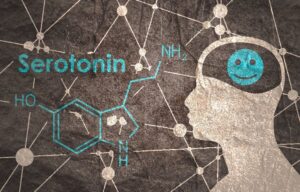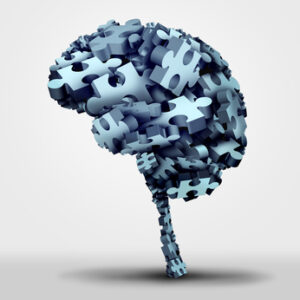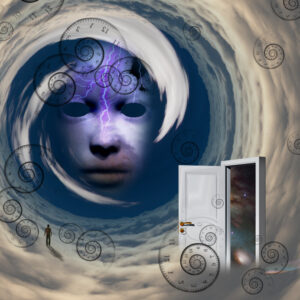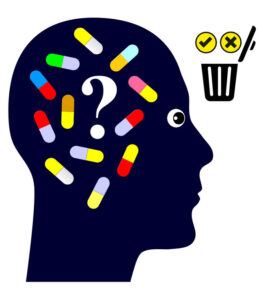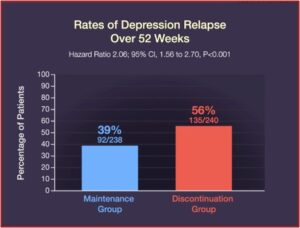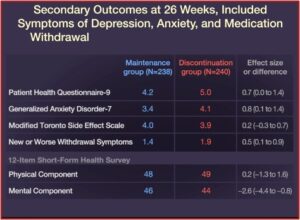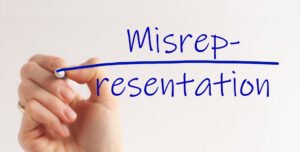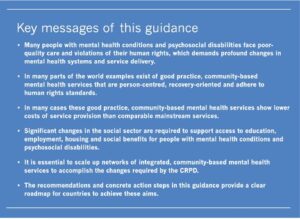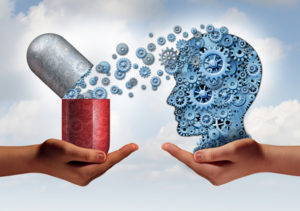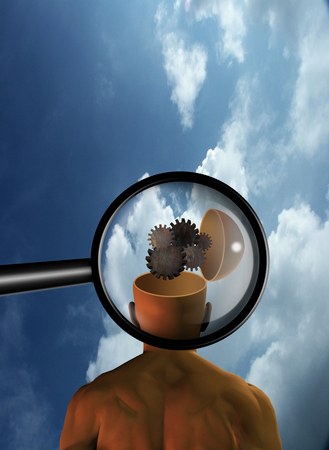Psychedelics as the Newest Psychiatric Craze, Part 1

In October California Governor Gavin Newsom vetoed a bill that would have decriminalized the possession and personal use of several plant-based hallucinogens, including psilocybin, mescaline and dimethyltryptamine (DMT), saying more work needed to be done on treatment guidelines. The legislation would have decriminalized possession before setting up regulatory treatment guidelines, with the California Health and Human Services Agency supposed to make recommendations to lawmakers after the consequences of decriminalization. The bill would not have arrested or prosecuted individuals who possessed limited amounts of plant-based hallucinogens. Also, the bill did not legalize the sale of these psychedelics. They are still illegal under federal law.
Public opinion was said to have shifted on using psychedelics to treat trauma and other disorders such as depression, and alcohol use disorder. There has been a significant amount of interest in the potential of psychedelics for mental health that includes encouragement and discouragement of treating psychiatric conditions with them. Sandy Cohen opened her article “Do psychedelics have a role in psychiatric treatment?” for UCLA Health, with the provocative question, “What if there was a medication that could significantly reduce symptoms of treatment-resistant depression in a single dose?” A UCLA Health psychiatrist, Walter Dunn, described two studies where psilocybin was found to have a significant reduction in symptoms of treatment-resistant depression. He said these results were unprecedented: “We have nothing that works this well.”
Dunn said the coverage in mainstream media and books aimed at lay audiences (such as Michael Pollan’s book, How to Change Your Mind) have raised interest and curiosity in psychedelics. He said when he goes to dinner parties and people discover his work is with psychedelic drugs, “I’m talking about them for the rest of the evening.” According to a UC Berkeley Psychedelics Survey, 61% of registered American voters support legalizing regulated therapeutic access to psychedelics. Thirty-five percent of those supporters said they strongly support such action. But there were 35% who opposed it and 69% did not see it as something “for people like me.”
We are in a historic moment in the space for psychedelic science, research and also mental health in general. . . There hasn’t been any time in modern psychiatry where there has been so much interest, awareness and discussion around a potential mental health treatment.
Dunn acknowledged the drugs come with risks, which was one of the reasons the FDA has been cautious about the trials being run. “These are not benign medicines. Anything that can help you can harm you.” He discussed how the FDA was set to consider MDMA-assisted therapy for PTSD in 2024. It’s still unclear whether or not the FDA will want a Risk Evaluation and Mitigation Strategy (REMS), if these treatments are approved. A REMS could require psychedelic-assisted therapy to included two specially trained and certified clinicians during the psychedelic experience. If a REMS is required by the FDA for MDMA-assisted therapy, it would reduce the pool of therapists who could administer the treatment and decrease access even as it enhances safety.
Joanna Moncrieff, a British psychiatrist, noted in “Psychedelics—The New Psychiatric Craze” where they were viewed as an increasingly fashionable medical treatment. But she wondered if they had any objective health benefits and were they safe. She noted where psilocybin, LSD, MDMA and ketamine were some of the psychedelics being recommended for an ever-lengthening list of problems that include depression, anxiety, addiction, and PTSD. She acknowledged some people might learn important about themselves through the effects of psychedelic drugs.
But these benefits are not medical or health effects. They are akin to the personal development people achieve through other sorts of activities and life experiences. . . And although the concept of drug-assisted psychotherapy acknowledges that it is the way the psychoactive effects of the drugs are used to promote a process of personal learning that is relevant, why not employ other, safer and cheaper methods? Why not nature-assisted psychotherapy (a walk in the park), for example?
Yet, the use of these drugs is portrayed as if they work by targeting underlying dysfunctional brain processes. Moncrieff is concerned that when psychedelics get a medical license, psychotherapy will be dropped or minimized. “As with ketamine, the tendency of all psychedelic treatment will be towards the provision of the drug in the cheapest possible way, which means the minimum of supervision and therapy.” Presciently, Moncrieff wrote her article two years ago, before the accidental death of Matthew Perry from the acute effects of unsupervised ketamine use.
She said most psychedelic research ignores the way the immediate psychoactive effects of the drugs impact people’s feelings and behavior in a way that will influence mood symptom ratings and may produce the impression of improvement. She singled out the American Psychiatric Association’s report on ketamine treatment, which said there was compelling evidence the antidepressant effects of ketamine infusion are rapid and robust. While the APA acknowledged the antidepressant effects were transitory, they did not explain how they could be distinguished from the euphoria and other mental alterations associated with acute ketamine intoxication. “If ketamine’s effects are ‘antidepressant’ then so are the effects of all the other drugs that produce short-term euphoria including alcohol, cocaine, heroin, amphetamines, etc.”
Any powerful mind-altering drug will likely have ‘placebo’ effects. Drug-induced experience will lead people to expect they will improve or think they have improved. Psychedelic research also neglects the hours of medical supervision and professional attention associated with psychedelic treatment. Clinical contact improves people’s outcomes in depression, as was seen in esketamine trials, where a high level of professional contact seems to have exerted a powerful effect on some people.
The current craze for psychedelics also means the adverse effects are being minimised or overlooked. The ‘bad trip’ is a well-recognised phenomenon, and may not be that uncommon. Psychiatrist Rick Strassman, author of DMT: the Spirit Molecule, described how half of the 60 volunteers he injected with the powerful hallucinogen, DMT (N,N-dimethyltryptamine), experienced terrifying hallucinations and anxiety, and he discontinued his research, in part because of these effects. Science journalist John Horgan describes months of depression and flashbacks following a ‘bad trip’, and also reminds us that Albert Hofmann, who first synthesised LSD, also had doubts about it, calling his 1981 memoir LSD: My problem child.
Moncrieff ended her article by noting that while one or two doses of any drug is unlikely to do much harm, the tendency for treating mental health concerns is for long-term use. And repeated use of psychedelics is unlikely to be completely harmless. “As with so many other medical treatments, they have become popular through the potent mixture of financial interests and desperation.” There are many safer routes to promote personal development through an unusual experience. But we will be faced with a decision to legalize psychedelic-assisted treatment sooner rather than later, as MDMA-assisted therapy is expected to be submitted to the FDA for review for approval in early 2024. See Part 2 of this article for more information on the approval process for MDMA-assisted therapy.

